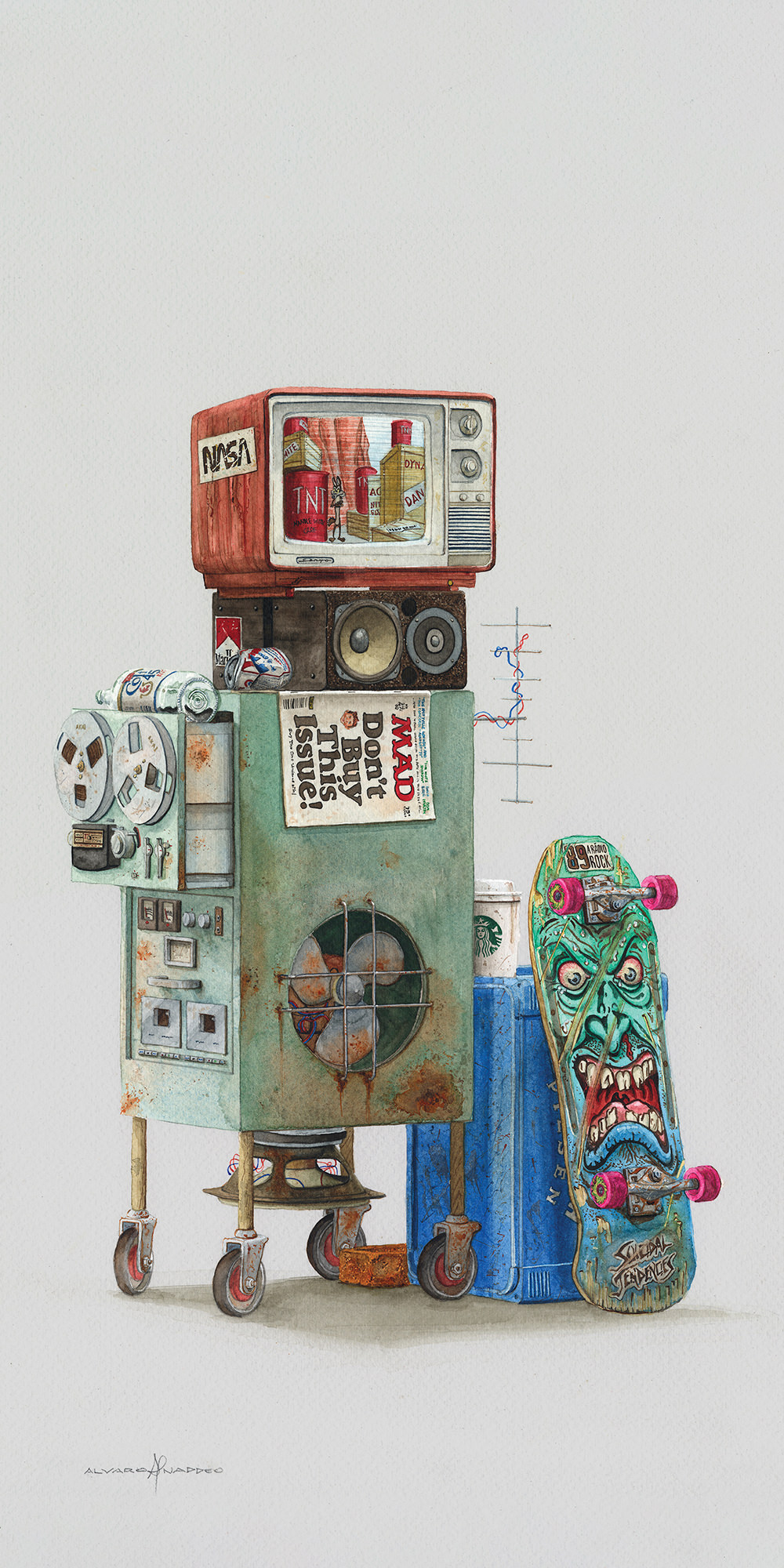I love vintage gear. Actually, I love using vintage gear. Owning it, on the other hand, is often a full-time job in itself. Throughout my 25 years of recording I’ve owned a myriad of vintage gems – from keyboards to mics to outboard gear – and each has given me its fair share of repair headaches. There was the famed analog synth I drove eight hours to get back in tune (later driving ten hours just to sell it), a vintage tape echo unit that gave my tech more headaches than a frat party during spring break, and the grand prize winner: A mic preamp that was sold to me as vintage and authentic but turned out to be a “parts module” – a hastily-assembled one at that. Needless to say, after hefty repair bills and sessions canceled due to faulty gear, I’ve been ready to jump off the vintage gear bandwagon for some time now. Except, ironically, when it comes to microphones.
I’ll admit it; I’m a sucker for a great vintage tube mic. Ever since recording my first EP (2004’s Almost Home) using a vintage Neumann M 269 – with the late, renowned David (Daoud) Shaw (Van Morrison and Saturday Night Live drummer/engineer) – I’ve been hooked on anything old and “warm” by the famed German mic manufacturer. Later, when I recorded subsequent albums on vintage Neumann U 47s both here and abroad, I knew I’d found my microphone. It would be 2013 until I would own a U 47 of my own: a short-body specimen that came from John Lennon’s famed Tittenhurst Park. That mic has been my most-cherished musical possession for nearly a decade, and the “voice” behind recent critically acclaimed and chart-topping albums of mine – even though it too has given me its share of repair issues. I never thought I’d find a modern mic that captured the sonic and physical gravitas of my vintage 47. That is until I gave the Heiserman H47tube a spin.
I first read about Heiserman’s H47tube on numerous pro audio websites and forums and was impressed by the kudos given to it by engineers like Mitch Dane [Tape Op #82] and Craig Alvin [#137]. I’ve long been familiar with other manufacturer’s “tributes” to the U 47, but Heiserman was a name I hadn’t heard of before. After some research, I learned that Heiserman had been making sought-after microphone capsules for over a decade, and using them in their branded microphones – like the H47 [#133] – for the last few years. This research, plus the glowing reviews I read online, more than piqued my interest in their new H47tube. Soon, I had a demo unit on its way to my studio. How would it compare to the mic I emptied my savings account to buy? Read on and find out!
The H47tube ships in a dedicated Pelican-style case, and comes complete with a vintage-inspired power supply, shock mount, plus all needed mic and power cables. It’s a stunning package indeed, and ironically, looked nearly identical to my original microphone in its case. Heiserman has nailed the vintage 47 experience from the matte finish on the microphone body, to the pattern selector tab and overall heft of the mic. There’s something majestic about using a classic U 47 even before it’s turned on. Heiserman’s attention to detail helps recreate that vintage vibe to a high degree.
One of the reasons the original Neumann U 47 is so hard to recreate is because the production of the steel vacuum tube at the heart of its signal flow (the holy grail Telefunken VF14) ceased in 1954. Numerous workarounds have been tried (such as the often controversial Nuvistor mod), but like other modern mic makers, Heiserman has opted to use a different tube altogether; a NOS EF800 coupled with a custom BV08 transformer. Heiserman offers the H47tube with their recreations of the two capsules the U 47 originally shipped with: the M7 (called the HM7), and the later-produced K47 (called the HK47). My demo unit shipped with the HK47, which suited me just fine as my U 47 has a K47 in it. However, specs can only tell you so much. The real question is; how does it sound? In a word – fantastic!
Powering up the H47tube for the first time was an ear-opening experience. Right off the bat, it offered a presence that made you want to keep singing into it. And while so many current mic offerings can sound shrill, there was a warmth to the H47tube that belied its modern-day construction. I did an A/B comparison with my vintage U 47 and was so impressed with the results, I blind-tested a few of my well-known musician and engineer friends. Many of them thought the Heiserman was the vintage mic! Only a few picked out the actual U 47 as the vintage specimen, but the reactions were nearly unanimously glowing. “Really similar tone,” one friend remarked. “I like the Heiserman better,” another responded. “Wow, sounds really warm,” a third chimed in when he found out the H47tube was his favorite. One thing was certain: the Heiserman nailed the vintage mojo at a fraction of the cost of the original mic.
For years I’ve heard engineers and artists remark at how different multiple versions of the same vintage model microphone can sound, and I’ve noticed the same phenomenon myself. Put three vintage U 47s up and you are bound to hear variances in their capsules, tubes, and how they lived their lives. That’s what makes the H47tube so impressive. It’s a microphone built in 2021 that imparts the same sonic punch as mics built some 60-plus years ago. It comes with a 3-year-warranty and a full refund option within the first 14-day trial period. If that’s not enough to break your addiction to vintage gear, I’m not sure what is!




_disp_horizontal_bw.jpg)